Overview
The T-M234 Wind Power DIY Learning Kit is an interactive educational project designed to introduce students to renewable energy and basic electricity generation. Learners assemble a mini wind turbine and observe how wind energy is converted into electrical power using a DC motor as a generator. This kit is ideal for practical STEM learning, classroom demonstrations, and science fairs.
Key Features and Benefits
- Working wind turbine model: Demonstrates how wind can be converted into electricity using a simple generator setup.
- Renewable energy learning: Clear introduction to sustainable power generation and wind energy conversion principles.
- STEM-focused: Covers aerodynamics, mechanical rotation, electrical output, and environmental science.
- Easy assembly: Pre-cut wooden components and straightforward hardware make it classroom-friendly for beginners.
- Hands-on experimentation: Students can generate real-time voltage and light an LED by blowing on the blades or using a fan.
- Durable and safe: Eco-friendly wood and quality plastic parts designed for repeated use in educational settings.
What is Included
- Pre-cut wooden wind turbine frame set
- DC motor (acts as a generator)
- Fan blade set
- LED light indicator
- Wires and connectors
- Screws, nuts, and assembly accessories
Specifications
- Power source: Wind (manual blowing or fan-driven airflow)
- Output voltage: Approximately 1 V to 3 V depending on wind speed
- Motor type: DC motor used as generator
- Material: Wood and plastic components
- Assembly time: 30 to 45 minutes
- Skill level: Beginner
Educational Value
This wind power DIY kit helps students understand mechanical-to-electrical energy conversion and the physics behind wind turbines. The project develops analytical thinking, creativity, and fine motor skills while encouraging environmental awareness and sustainable thinking.
Learning Outcomes
- Understand how wind energy is converted to electricity
- Explore aerodynamics and blade design effects on performance
- Learn basics of DC motors and electrical measurement
- Improve problem solving, teamwork, and hands-on building skills
Assembly and Classroom Tips
- Start by laying out all parts and identifying components before assembly.
- Encourage students to test blade angles and measure voltage changes with different airflow speeds.
- Use a small desk fan to simulate consistent wind conditions for repeatable experiments.
- Turn the activity into a mini-project: have students design blade variations and compare results.
Who Should Use This Kit
The T-M234 kit is suited for elementary to middle school classrooms, STEM clubs, science fairs, and anyone interested in a beginner-friendly hands-on introduction to renewable energy and wind power technology.
Frequently Asked Questions
- Can the motor charge a battery? The included DC motor can produce low voltages (about 1 V to 3 V) and is best for powering the included LED or small electronics in demonstration scenarios.
- How long does assembly take? Typical assembly time is 30 to 45 minutes depending on skill level and group size.
- Is this kit safe for young students? Yes. Parts are low-voltage and made from safe wood and plastic materials; adult supervision is recommended for small children.
Note: Images are for illustration purposes only.

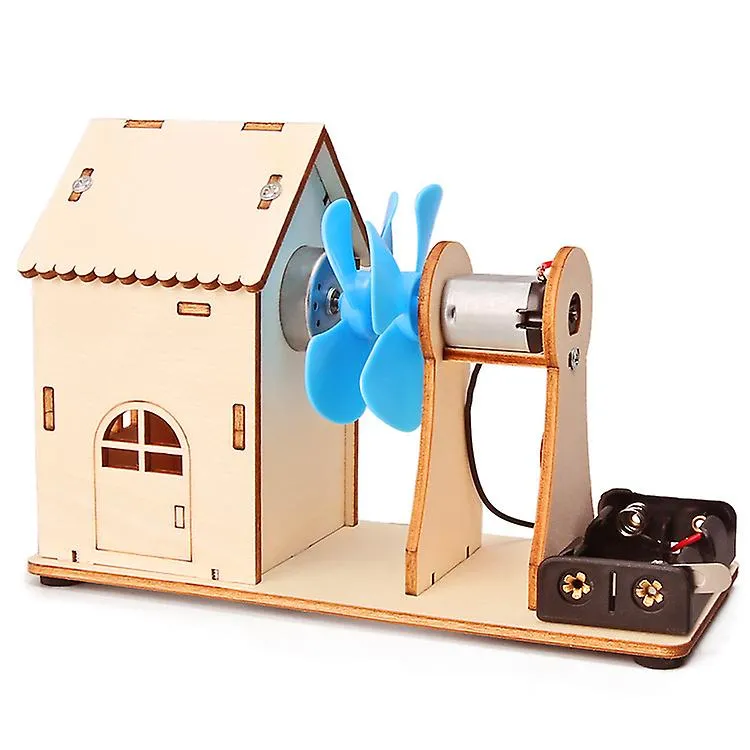


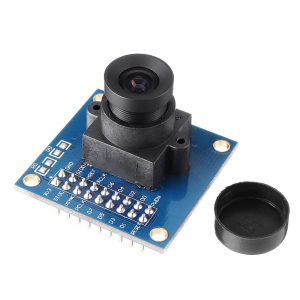
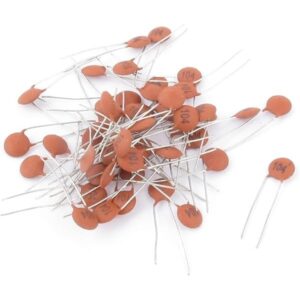
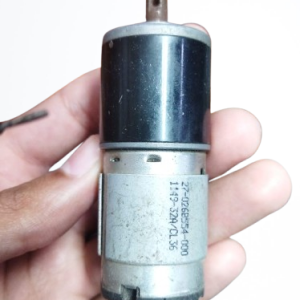

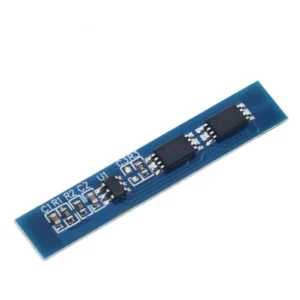
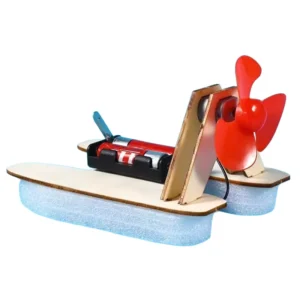
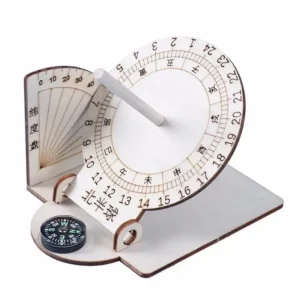
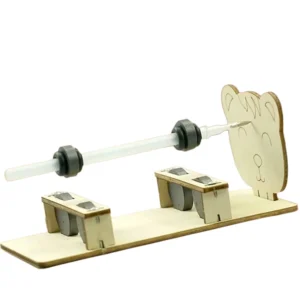
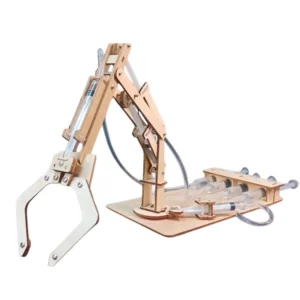

Reviews
There are no reviews yet